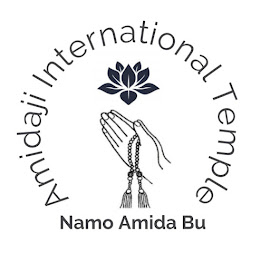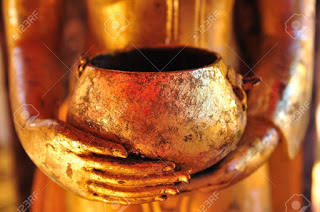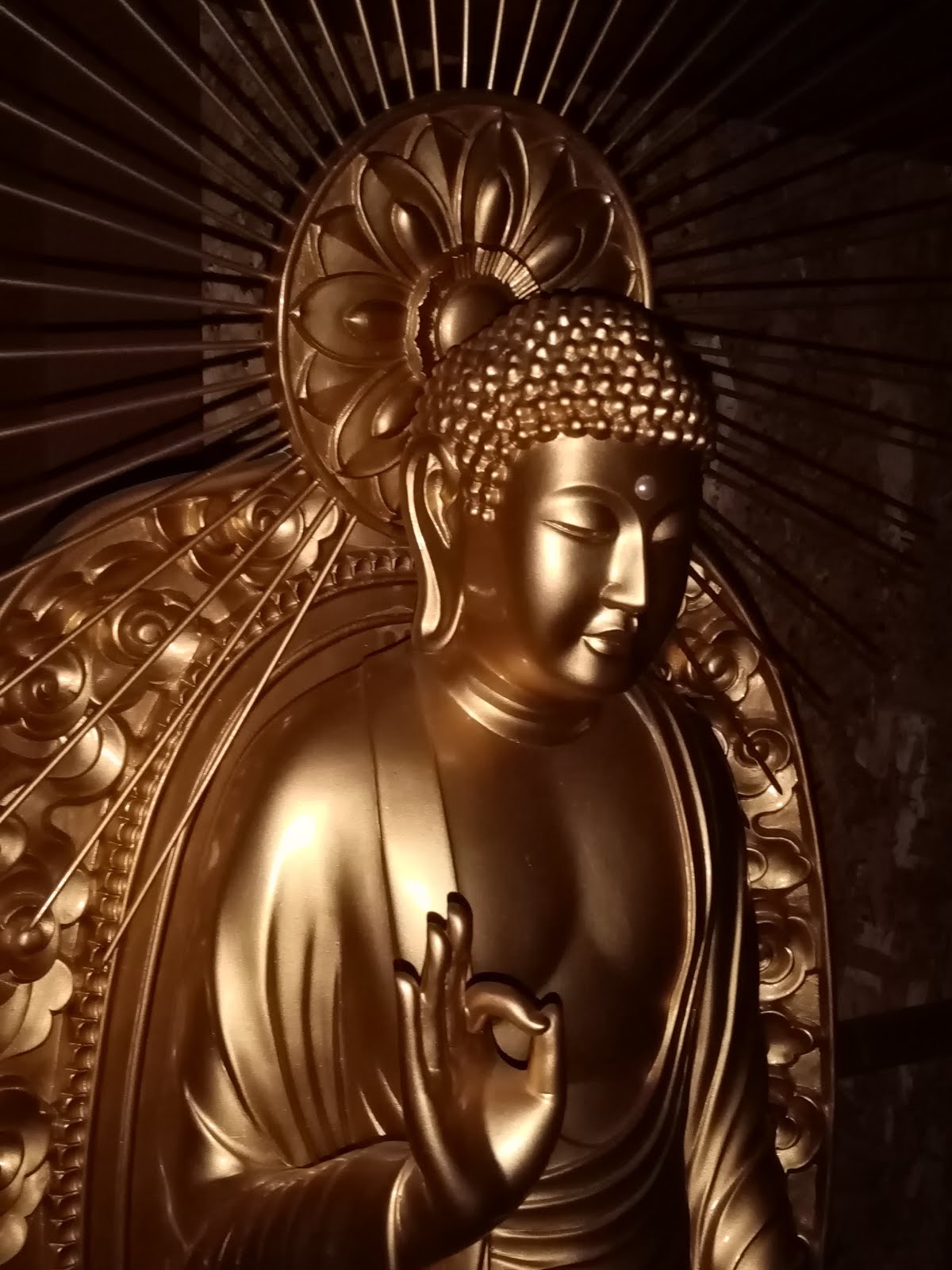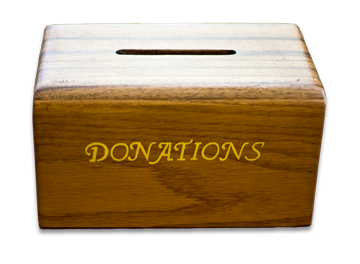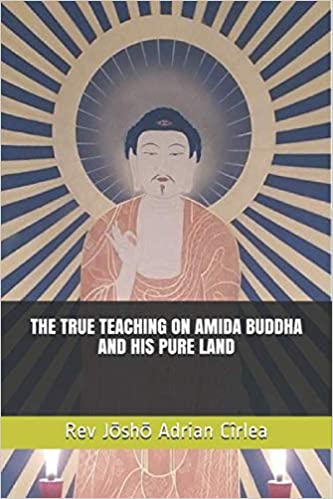 |
| Section from the Larger Amida Sutra Mandala. Samantabhadra is seen near the Shakyamuni Buddha on his white elephant.Maitreya and Manjushri are also depicted in the right and left of the Buddha. |
“If, when I
attain Buddhahood, bodhisattvas in the Buddha-lands of other directions who come
and are born in my land[1]
should not ultimately and unfailingly reach the Stage of Becoming a Buddha
after One More Life, may I not attain perfect Enlightenment. Excepted are those
who wish to teach and guide sentient beings in accordance with their original
vows. For they wear the armour of great vows, accumulate merits, deliver all
beings from birth and death, visit Buddha-lands to perform the bodhisattva
practices, make offerings to Buddha Tathagatas, throughout the ten directions,
enlighten uncountable sentient beings as numerous as the sands of the River
Ganges, and establish them in the highest, perfect Enlightenment. Such
bodhisattvas transcend the course of practice of the ordinary bodhisattva
stages and actually cultivate the virtues of Samantabhadra”.[2]
the 22nd Vow

